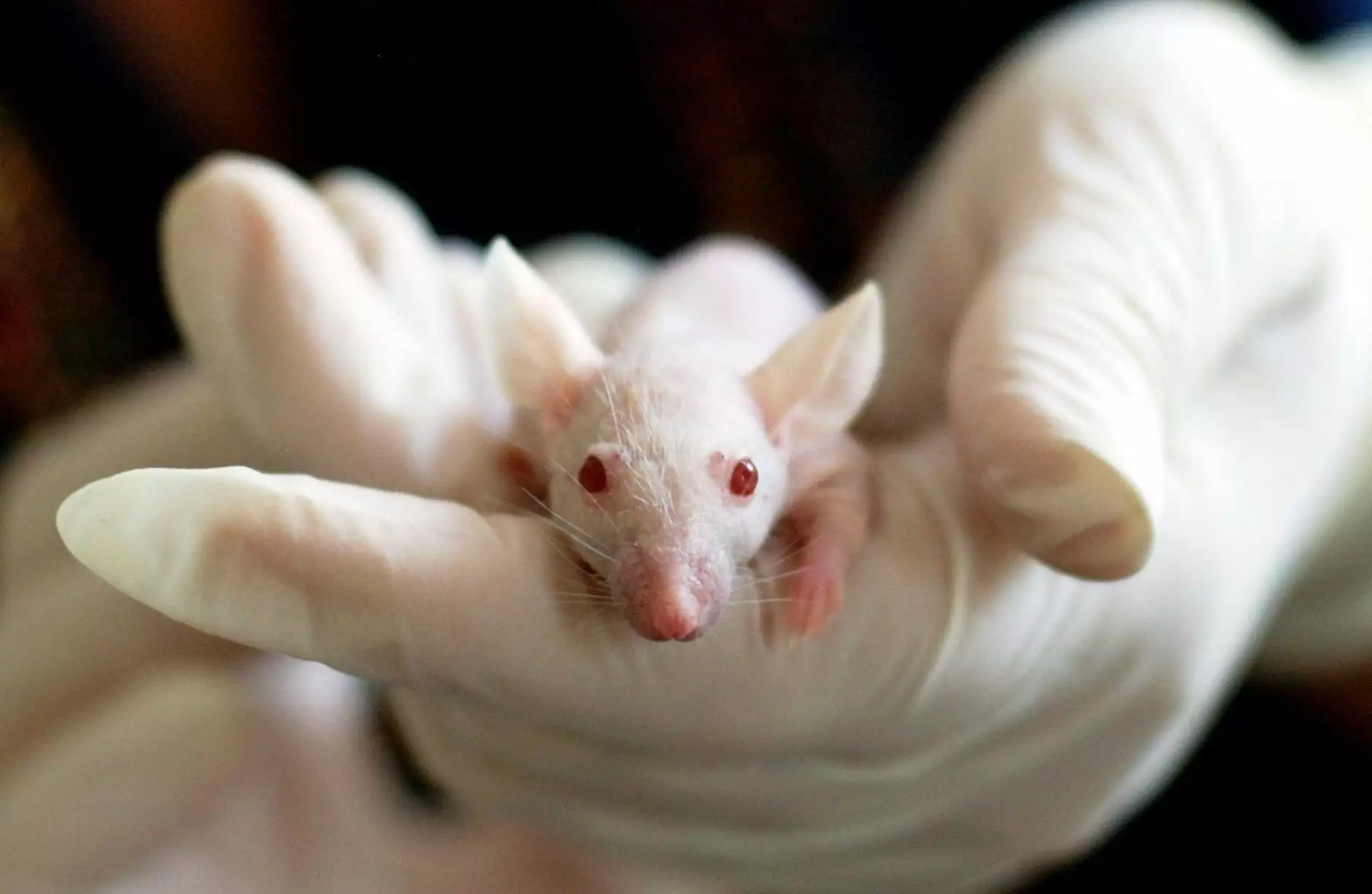Unveiling the Power of the Animated Butterfly Chart in JavaScript

The utilization of data visualization in the realm of business analytics has never been more pivotal. Among various visualization techniques, the animated butterfly chart stands out as a compelling way to present complex data with clarity and vibrancy. In this article, we will delve deeply into the creation and implementation of an animated butterfly chart using JavaScript, providing concrete examples and techniques that allow businesses to communicate insights effectively.
Understanding the Butterfly Chart
The butterfly chart, sometimes referred to as a paired bar chart, displays two datasets in a way that compares their relative proportions side by side. The layout typically features two axes that mirror each other, creating a butterfly-like appearance. This visual tool is especially effective for illustrating demographic data, market research findings, or any comparisons where a dichotomy exists.
Benefits of Using Animated Charts
Animation in data visualization is not merely for aesthetics; it serves several critical functions:
- Enhanced Engagement: Animated charts grab viewers’ attention, making them more likely to engage with the content.
- Improved Understanding: Movement can help highlight trends and important points in the data, facilitating better comprehension.
- Dynamic Storytelling: Animation can tell a story through data, allowing for a more narrative-driven approach to analytics.
Prerequisites: What You Need to Get Started
Before diving into coding, ensure you have:
- Basic Understanding of JavaScript: Familiarity with JavaScript syntax and functions is recommended.
- HTML and CSS Skills: A solid grasp of HTML and CSS will help in setting up the project structure and styling the charts.
- Charting Libraries: We will utilize libraries like D3.js or Chart.js that facilitate the creation of dynamic visualizations.
Setting Up Your Development Environment
To create an animated butterfly chart, you need a simple development environment:
- Install a code editor (like Visual Studio Code).
- Create an `index.html` file for your HTML structure.
- Create a `script.js` file where your JavaScript code will reside.
- Include necessary libraries via CDN (Content Delivery Network). For example, use D3.js for drawing data.
Creating an Animated Butterfly Chart: A Step-by-Step Guide
1. Setting Up Your HTML Structure
Your HTML file, index.html, should have the following basic structure:
Animated Butterfly Chart2. Designing the Butterfly Chart with CSS
The `styles.css` file should contain styles that make your chart aesthetically pleasing. Implement basic styling for your chart's width, height, and colors. For instance:
svg { width: 600px; height: 400px; border: 1px solid #ccc; } .bar { fill: steelblue; transition: fill 0.3s; } .bar:hover { fill: orange; }3. Implementing the JavaScript Logic
Now we move into the critical section—creating the animated butterfly chart through JavaScript. Here’s a simple implementation using D3.js:
const data = [ { category: "Category 1", value1: 30, value2: 40 }, { category: "Category 2", value1: 80, value2: 75 }, // Add more categories as needed ]; const svgWidth = 600, svgHeight = 400; const svg = d3.select("#chart") .attr("width", svgWidth) .attr("height", svgHeight); const xScale = d3.scaleBand() .domain(data.map(d => d.category)) .range([0, svgWidth]) .padding(0.1); const yScale = d3.scaleLinear() .domain([0, d3.max(data, d => Math.max(d.value1, d.value2))]) .range([svgHeight, 0]); const barWidth = xScale.bandwidth() / 2; svg.selectAll(".bar1") .data(data) .enter() .append("rect") .attr("class", "bar bar1") .attr("x", d => xScale(d.category) - barWidth) .attr("y", d => yScale(d.value1)) .attr("width", barWidth) .attr("height", d => svgHeight - yScale(d.value1)) .transition() .duration(1000) .attr("fill", "blue"); svg.selectAll(".bar2") .data(data) .enter() .append("rect") .attr("class", "bar bar2") .attr("x", d => xScale(d.category) + barWidth) .attr("y", d => yScale(d.value2)) .attr("width", barWidth) .attr("height", d => svgHeight - yScale(d.value2)) .transition() .duration(1000) .attr("fill", "lightblue");Debugging Tips and Best Practices
While creating your animated butterfly chart, debug effectively:
- Use the Console: Monitor any console errors that arise during rendering.
- Check Data Formats: Make sure your data adheres to the expected formats.
- Responsive Design: Ensure that your chart scales well on different screen sizes.
Further Customizations
Once your animated butterfly chart is live, consider enhancements such as:
- Tooltips: Implement tooltips to give more insights when hovering over bars.
- Legends: Add legends to indicate what each color represents.
- Interactivity: Create filters that let viewers customize the data they wish to see.
Conclusion: Elevate Your Business with Animated Visualizations
In a data-driven world, transforming complex datasets into intuitive visuals is paramount for any business aiming to thrive. Animated butterfly charts using JavaScript not only enhance the beauty of presentations but also effectively communicate insights that drive decisions. By mastering this visualization technique, businesses can foster better understanding among stakeholders, clients, and team members alike.
As you venture into the world of animated charts and data visualization, remember that experimentation and practice lead to mastery. With each chart you create, you'll find new ways to engage your audience and deliver meaningful insights. So embrace the power of JavaScript animations and revolutionize your data storytelling today!
animated butterfly chart javascript








